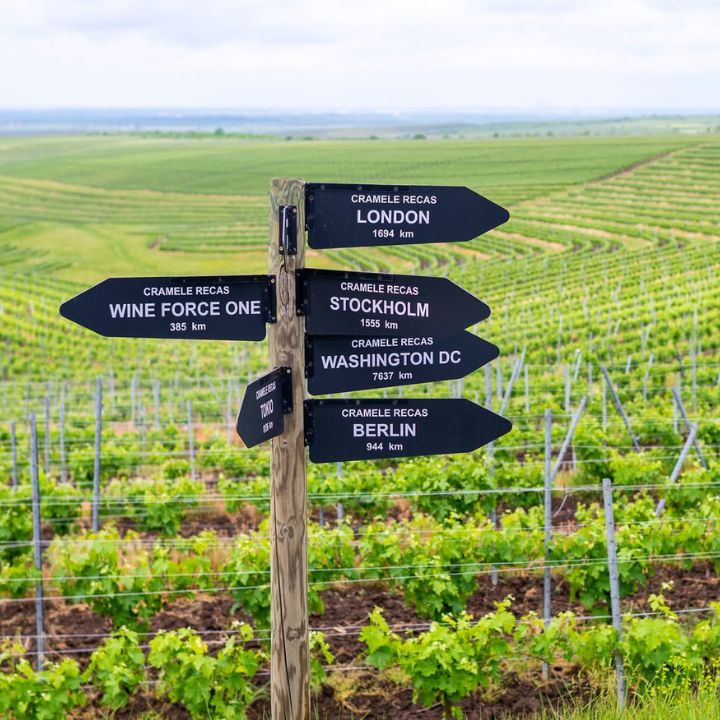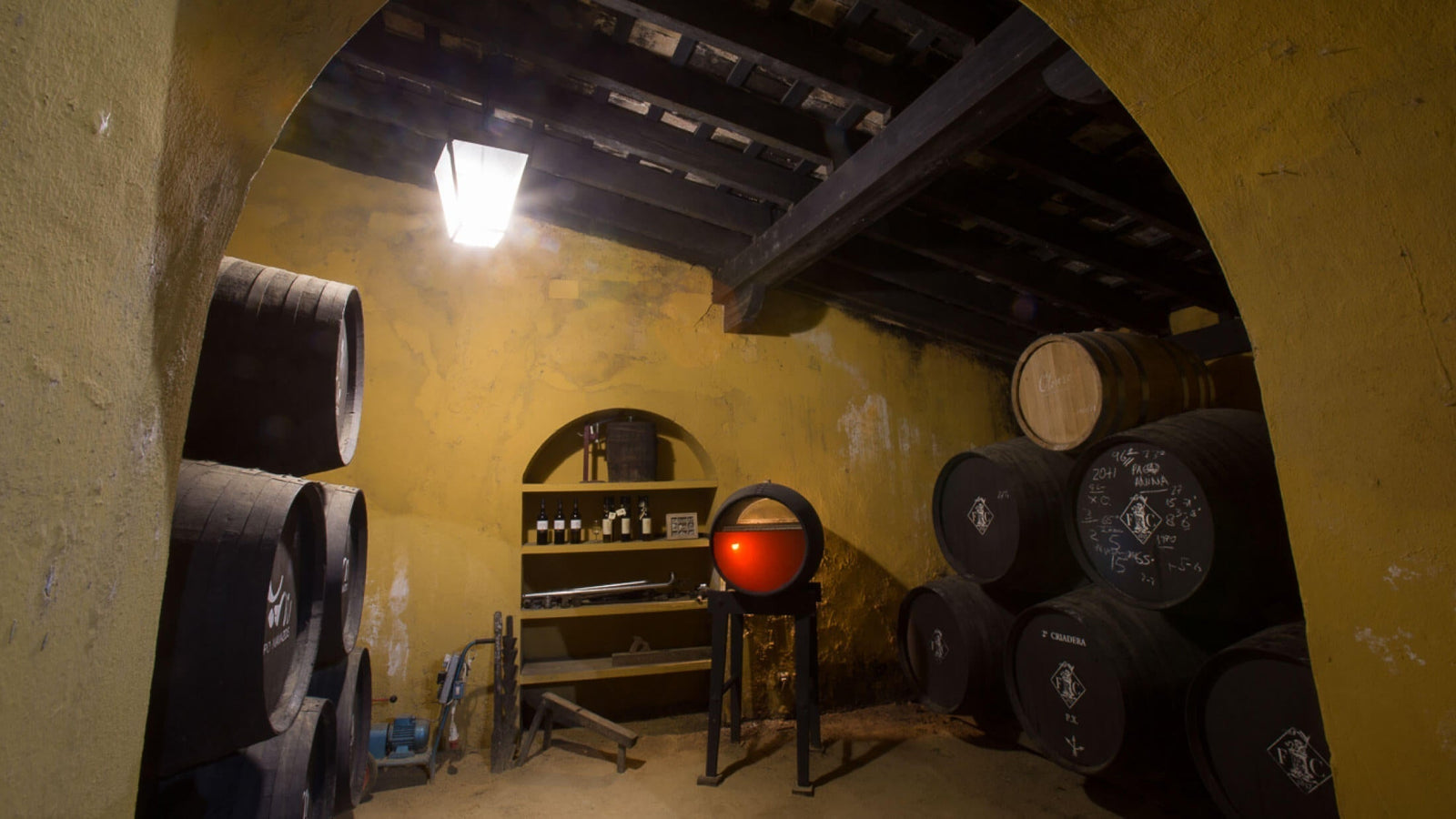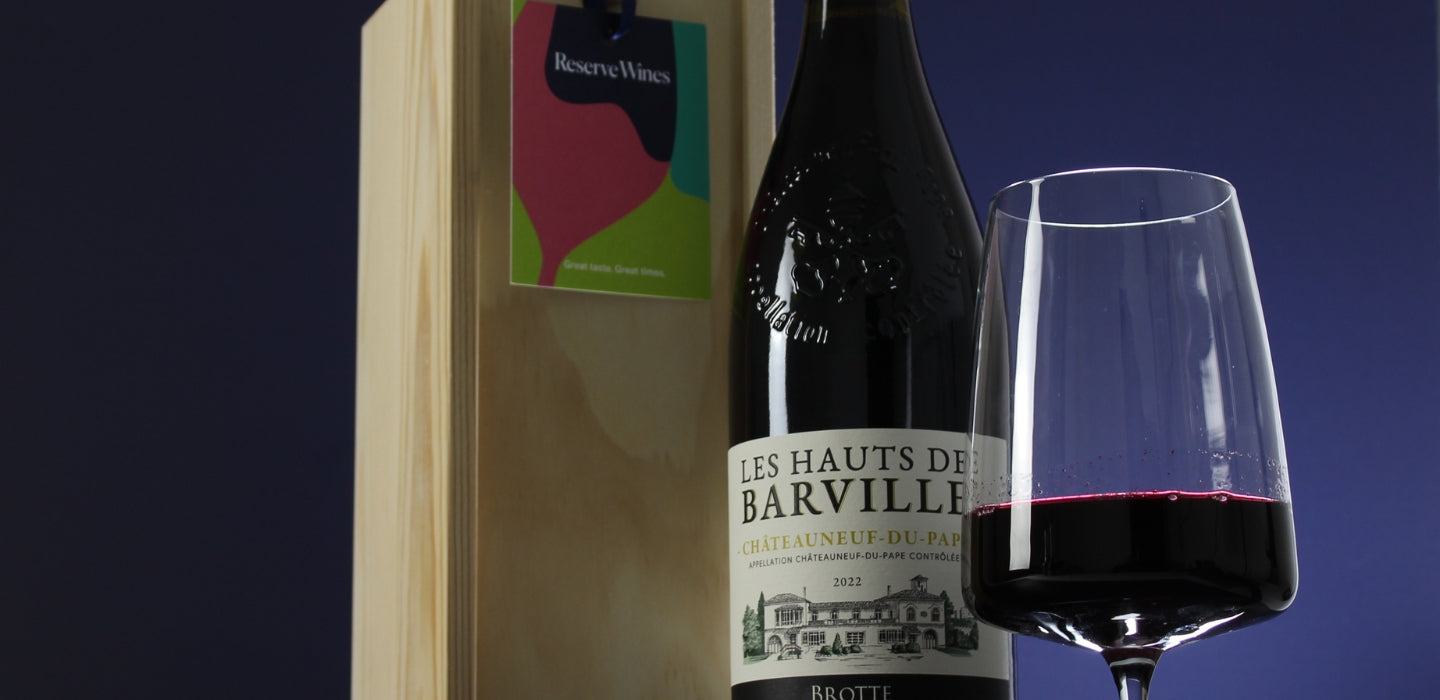Discover the Hidden Gems of Eastern European Wines
An introduction to an exciting and often overlooked corner of the wine world
When it comes to wine, many of us instinctively look to France, Italy or Spain. But a quiet revolution is taking place further east. Eastern European wines are increasingly finding their place on international shelves and wine lists, and for good reason. With ancient winemaking traditions, unique indigenous grapes, and a growing number of quality-conscious producers, this part of the world is offering some of the most exciting bottles on the market today.
Here, we shine a spotlight on four countries that are redefining expectations: Romania, Georgia, Hungary and Slovenia, featuring standout producers who are bringing centuries of tradition into the modern age.

A Brief History of Winemaking in Eastern Europe
Winemaking in Eastern Europe is not a new trend - it’s one of the oldest traditions in the world. Georgia is widely considered the cradle of wine, with evidence of winemaking dating back over 8,000 years. The qvevri method (fermenting wine in large clay amphorae buried underground) is still in use today, producing wines that are deeply textured, earthy and complex.
Hungary and Romania also have rich histories of viticulture, with Hungary’s Tokaj region once considered the pinnacle of fine wine in Europe. Meanwhile, Romania's vast vineyard area and favourable climate mean it has long been a powerhouse of production - though today’s focus is firmly on quality rather than quantity.
Slovenia, sharing borders with both Italy and Austria, combines alpine freshness with Mediterranean ripeness. Though smaller in size, it produces some seriously elegant sparkling and still wines with real finesse.
Grapes, Techniques and Flavours to Know

Romania – Cramele Recaș (Solara & Călușari Ranges)
Cramele Recaș has helped put Romania on the modern wine map. Their Solara range showcases bold experimentation - think skin-contact orange wines made from Viognier that are textured, aromatic and perfect for adventurous palates. The Călușari range offers excellent everyday value, their easy-drinking Pinot Noir is a juicy red that offers an great value introduction to this noble grape.
One wine to try: Solara Orange Wine

Try it with: Chargrilled lamb kebabs, roasted aubergine, or mushroom risotto.

Georgia – Chelti Estate (Kisi Qvevri & Saperavi Wines)
Chelti is a family-run winery producing traditional qvevri wines from indigenous Georgian grapes. Kisi, when fermented on skins in clay vessels, becomes a structured, amber-hued wine with dried apricot, spice and nutty complexity. Saperavi, Georgia’s flagship red grape, is inky, powerful and earthy with dark fruit and a savoury edge.

Try it with: Spiced Georgian khachapuri, slow-cooked pork, or hard cheeses.
Hungary – Gizella Furmint Hárslevelű
This elegant dry white from Tokaj is a blend of Furmint and Hárslevelű, two of Hungary’s most prized white grapes. It combines zesty acidity with orchard fruit and a distinct mineral backbone. Forget the sweet Tokaji stereotype - this is fresh, modern and superb with food.
Try it with: Grilled river fish, herby chicken dishes or creamy pasta.
Slovenia – Istenič No.1 Special Cuvée
Slovenia’s answer to Champagne, Istenič uses the traditional method to make sparkling wines of serious quality. The No.1 Special Cuvée is made with Chardonnay and Pinot Blanc, offering a crisp, toasty and citrusy profile. Perfect for celebrations - or any Tuesday night that needs fizz.

Try it with: Tempura prawns, salty snacks, or fish and chips.
Why Eastern European Wines Deserve Your Attention
- Unique grapes you won’t find anywhere else – Kisi, Saperavi, Furmint and more.
- Authentic winemaking traditions – from buried amphorae to skin-contact whites.
- Incredible value – many wines deliver artisan quality at everyday prices.
- Versatile with food – these are wines made to sit alongside hearty local dishes.
Whether you're a wine novice or an old hand, there's never been a better time to explore the world of eastern European wines.
Eastern European Wine FAQ
Are Eastern European wines reliable in quality?
Yes. While the region once had a reputation for mass production, today’s best producers - like Cramele Recaș, Chelti and Istenič - are focused on small-batch, high-quality wines that win awards and critical acclaim.
Do I need to worry about additives or sulphites?
Most wines follow EU wine laws or stricter. Many, like Chelti’s qvevri wines, are made with minimal intervention.
Will I like them if I usually drink French or Italian wine?
Absolutely. If you like Sauvignon Blanc or Chablis, try a dry Furmint. If you're into bold reds like Malbec or Syrah, Saperavi will be right up your street.
Aren’t these wines really unusual and hard to pair with food?
Not at all. Their food-friendliness is a big part of their charm. Just think rustic, comforting and flavoursome - grilled meats, mushrooms, cheese, and spice all work brilliantly.
Do these wines age well?
Many do - especially structured reds like Saperavi. But plenty are made to drink young and fresh.
Ready to explore the wines of Eastern Europe? Browse our handpicked range and discover something new from Romania, Georgia, Hungary and Slovenia today.






Leave a comment (all fields required)